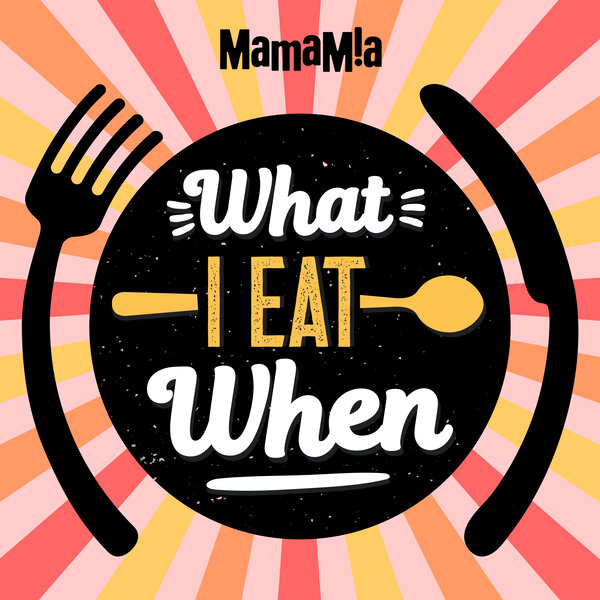
Image: It might be time to get reacquainted with bread (via Thinkstock)
Bread has been a dietary staple for much of humankind since at least biblical days, hence the talk of “bread of life” and “our daily bread”.
Look to traditional communities all around the world and they have their own form of bread.
Roti, chapatti and naan in India; pumpernickel and dense heavy grainy breads in Eastern Europe; tortillas in Mexico; baguette in France; pita breads in the Middle East; Irish soda bread and Cuban bread are just some examples. So how has such a long established dietary staple become such a controversial food choice?
I had friends over for a BBQ recently and amongst my buffet of different salads, seafood and meat, I put out a freshly sliced loaf of grainy sourdough from my local bakery. One friend said to me “Wow bread – remember we all used to eat that?” My response was “I still do!”
My friend is not alone.
A recent survey of Australians found that only 37% consider bread to be a healthy daily staple, 7% avoid it completely and 54% said they try to eat bread in moderation. Those who diet regularly were most likely to be trying to cut down or completely cut out bread.
I find that interesting in itself – are the non-dieters those at a healthy weight and happily eating some bread? That’s certainly what studies show, particularly if you choose mostly wholegrain varieties.
